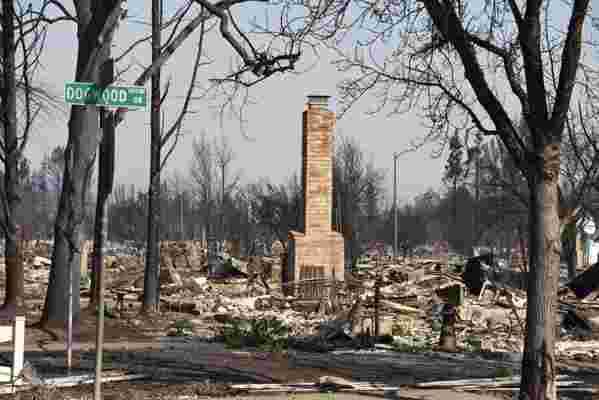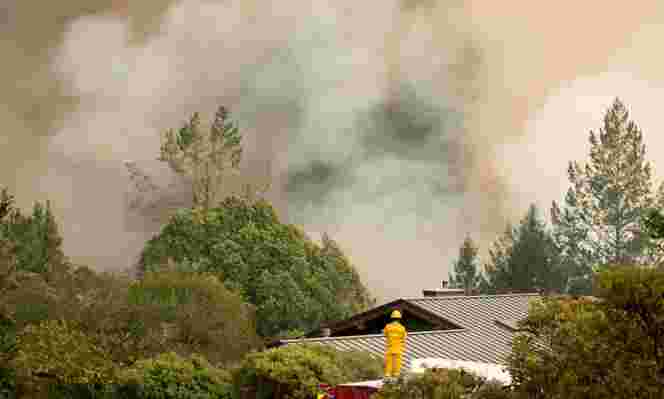April 07,2022
California Architects Begin to Assess the Catastrophic Wildfire Damage—and Look to the Future
by David Stewart
The scale of the tragedy in Northern California, where fires are raging over thousands of acres, is still being assessed. The loss of lives is shocking.
Architects are beginning to learn of buildings damaged or destroyed. “Information is slow coming out of the fire,” says David Wilson, whose Berkeley-based firm, WA Design, has built dozens of houses in northern California. “So far we have one guesthouse burned and a larger house that we believe is singed but still intact.” Jim Jennings, another award-winning northern California architect, lost a house in Calistoga.
The fires have caused local architects to think seriously about the considerable work ahead. There is precedent in the 1991 Oakland Hills fire, which tore through stretches of Oakland and Berkeley, destroying more than 3,000 houses. That fire burned so hot that cars melted in their driveways. Once, while reporting a story, I spent hours with an elderly woman sifting through the wreckage of her house hoping to find her wedding ring.

The remains of the Coffey Park neighborhood in Santa Rosa, California, on October 12, 2017.
Some residents retained “name” architects like Wilson, who said that over the years he has designed 15 to 20 houses in the fire zone and continues to build on some of the area’s remaining lots. Among the houses in the fire zone are the Gothic Revival Jordan Residence by Ace Architects, Stanley Saitowitz’s Lesser House, and Wilson’s Berkeley Courtyard House, which have been widely published and which added to the neighborhood’s appeal.
But some homeowners, with large insurance settlements and newly treeless lots, built lot-hogging behemoths .
Things may be different in the aftermath of this year’s fires, which so far have destroyed about 5,700 buildings, including many small houses whose owners may not have the money to rebuild.
But those who do rebuild need to make sure their new houses are as fireproof as possible, says designer Brandon Jorgensen, of Atelier Jorgensen in Napa. One important strategy, he says, is to eliminate the kind of vents that can allow embers to penetrate a building.

A firefighter watches smoke billow as flames approach a residential area in Sonoma, California, on October 10, 2017.
Already, Jorgensen has enlisted a number of prominent area architects for an exhibition and symposium he is planning on how new buildings in the area can better withstand fire. That may mean a lot of steel and concrete houses where there had been wood.
"The best way to keep fire from getting to the house in the first place is to create a fire barrier around it," says Vivian Lee of Edmonds + Lee Architects in San Francisco. "We just got word yesterday that our project in Sonoma is the only structure that survived on this hilltop where all the grass and vegetation have burnt to the ground. We suspect this is due to the ring of decomposed granite around the three structures."
Some area residents, the lucky ones, will end up with better houses than they had before the fire. But that’s hardly reason to rejoice. “Our fire zone clients,” Wilson says, “were reluctant participants in the act of construction.” Which, given the tragedy they endured, is understandable.






